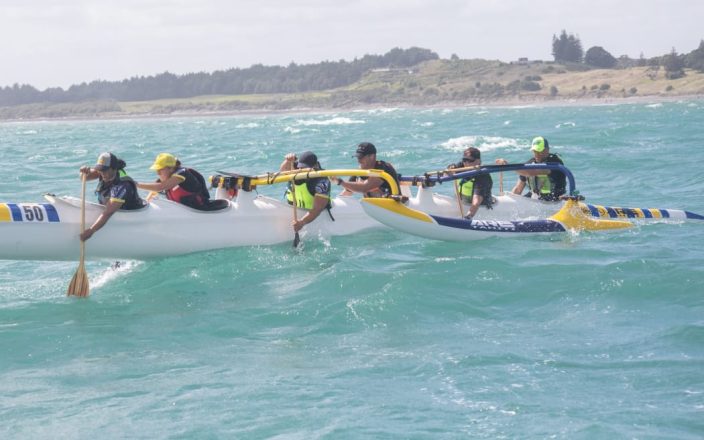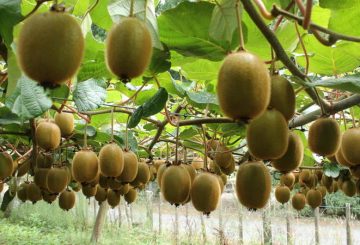Two police officers in Taranaki, Brad Huntly and Simon Howard, are using their cultural roots to help reduce crime among Māori youth. They created Te Hapai Hoe, a free waka ama program that teaches Māori culture, language, and genealogy in a full immersion setting. The program also offers practical help, such as driver’s license training and first aid courses.
Huntly, who has worked with troubled youth, noted that Māori often appear in crime statistics. A June report from the Ministry of Justice showed that Māori youth face police action at more than double the rate of other youths.
Through Te Hapai Hoe, Huntly and Howard want to change these negative trends. Huntly, who comes from Māori tribes Ngāi Tahu, Ngāti Mutunga, and Te Atiawa, spent seven years as a teacher and saw his students struggling with issues at home. This inspired him to combine his passions for teaching, police work, and paddling to create the initiative.
The program aims to meet both the physical and spiritual needs of Māori youth through waka ama, which connects them with their culture. They obtained nearly $30,000 for a high-quality canoe from Tahiti and secured a space by Port Taranaki with help from local iwi.
Huntly believes the location provides a calm environment for youth to heal. He said, “For Māori, paddling should be natural. We’re using the waka for teaching and healing.” The program has received strong support from other police officers, including former Deputy Commissioner Wally Haumaha.
Te Hapai Hoe began in 2020 but has only recently gained momentum due to COVID-19 disruptions. Unlike the controversial military-style boot camps introduced by the government, which have many Māori participants, Huntly insists that Māori youth need supportive activities and love, not strict discipline.
“Bootcamps don’t cater for Māori; it’s like a quick fix,” he stated. “Te Hapai Hoe is a long-term solution. Our goal is to uplift our youth and provide them with guidance and opportunities.”





























































